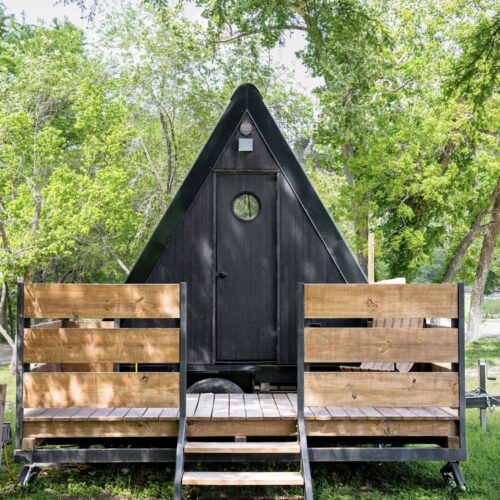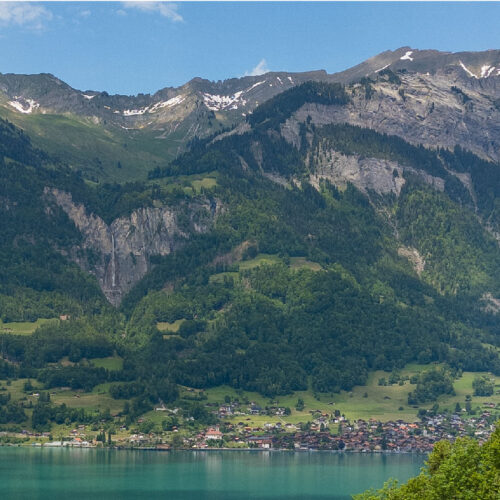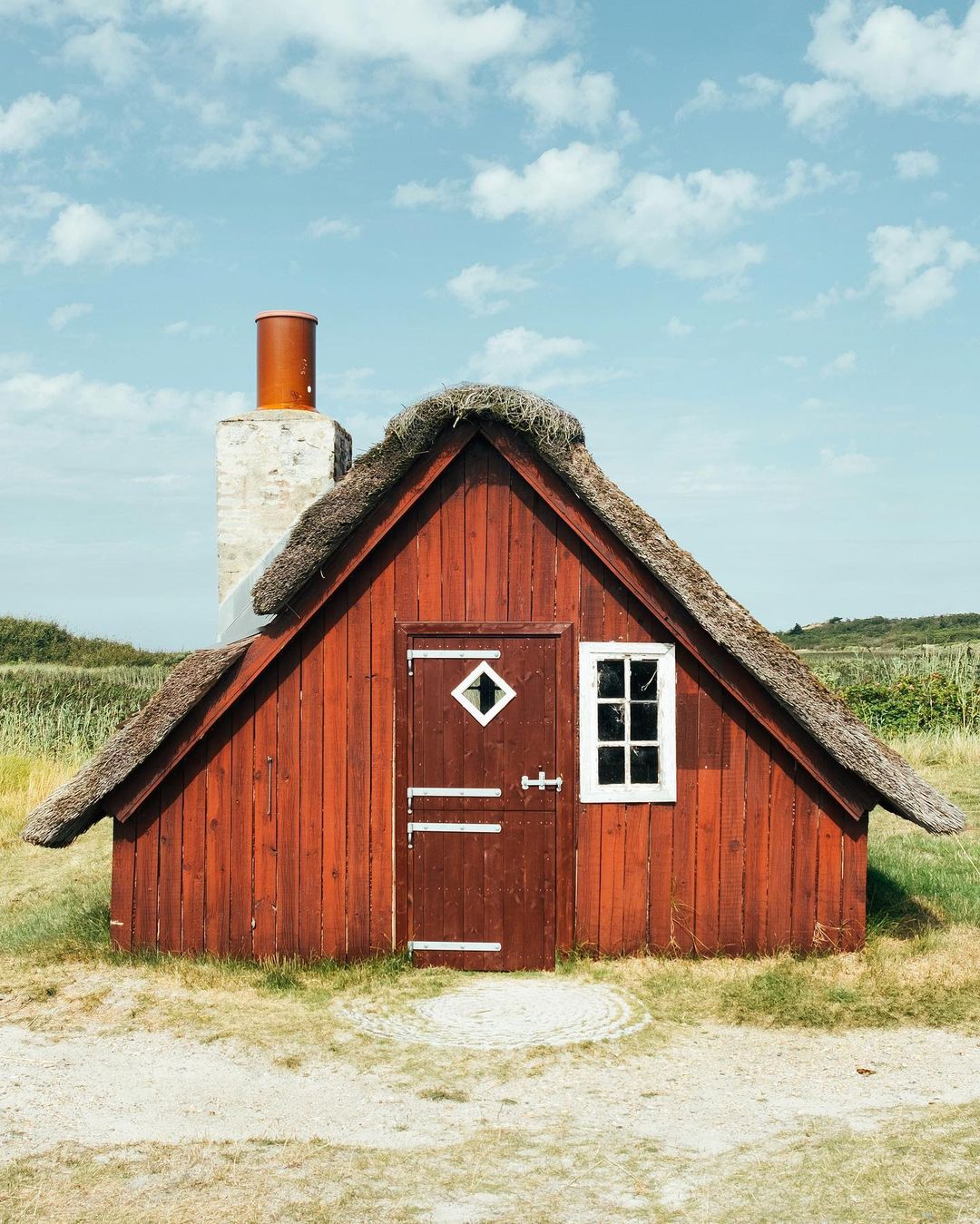In the fjords of Denmark, fishing has been a basis of sustenance and economies for hundreds of years, especially in coastal towns. In the sleepy village of Nymindegab, the 200+ permanent residents still utilize relics of this industry: Esehusene.
The spring & summers of the 1800s saw hoards of mostly lower class families flocking to the village to fish, and these small a-frame huts were a necessity. They were created ad hoc with discarded ship parts and other materials found nearby. Some to be lived in and some to store and create their fishing gear.
The buildings received the name Ese Houses for their primary use – putting bait on fishing lines. Women would prepare lines for fishermen, baiting upwards of 2400 lines in a single day while others crafted nets and fishing gear, all in the service of procuring the most abundant catch.
Through manmade and natural intervention, points in sandbars have opened and closed over time, and so have populations moved with them. Today the passage to the North Sea is no longer found at Nymindegab, leaving its small local population to sustain the village in the off season. Many of the original huts have been moved to a museum near Copenhagen, but three replicas remain in Nymindegab if you’d like to try your hand at casually baiting a few thousand hooks as they did years ago.
 55.816227, 8.198238
55.816227, 8.198238



























Know more? Share with the community!
Submit Your ImageLogin/Sign Up.